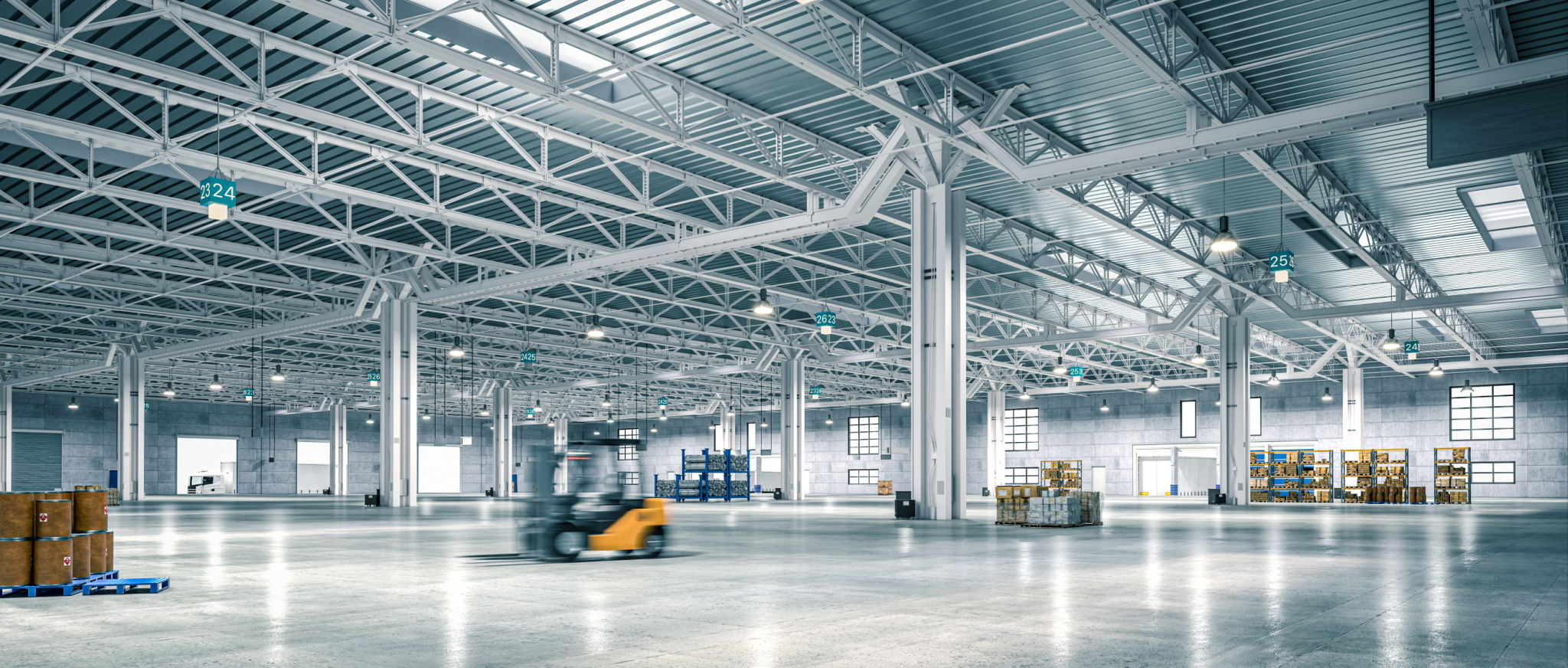How to Implement Minimalist Warehouse Design in Industrial Spaces
Understanding Minimalist Warehouse Design
In the fast-paced world of industrial spaces, the concept of minimalism offers a refreshing and efficient approach to warehouse design. By focusing on simplicity and functionality, a minimalist warehouse design can enhance productivity, reduce costs, and create a more organized environment. This approach not only streamlines operations but also contributes to a more sustainable and eco-friendly business practice.
Minimalist design emphasizes the use of space in the most efficient way possible, eliminating unnecessary clutter and focusing on the essentials. By adopting this approach, businesses can improve workflow, reduce the time required for inventory management, and optimize storage solutions.

Key Principles of Minimalist Design
The foundation of minimalist warehouse design is built on several key principles. First, the focus is on functionality. Each element of the warehouse should serve a specific purpose, eliminating anything that does not contribute to operational efficiency. This involves careful planning and organization to ensure every inch of space is utilized effectively.
Another principle is simplicity. The design should be straightforward, avoiding complex layouts that can cause confusion or inefficiency. By maintaining simple pathways and clear labeling, staff can move quickly and safely through the space, enhancing overall productivity.
Implementing Efficient Space Utilization
One of the main benefits of a minimalist warehouse design is the efficient use of space. Implementing vertical storage solutions can significantly increase storage capacity without requiring additional floor space. This can be achieved through the use of tall shelving units and stackable containers.

Furthermore, adopting a modular layout allows for flexibility as business needs change. Modular systems can be easily reconfigured or expanded without major disruptions, making them an ideal choice for growing businesses.
Adopting a Clean Aesthetic
A minimalist design should also focus on creating a clean and organized aesthetic. This can be achieved by using neutral colors and materials that reflect light, making the space appear larger and more inviting. Additionally, keeping surfaces clear of unnecessary items contributes to a tidy appearance and reduces distractions for employees.
Technology Integration
The integration of technology is another important aspect of minimalist warehouse design. By leveraging automation and smart systems, businesses can further streamline operations. Automated inventory management systems can track stock levels in real-time, reducing the need for manual checks and minimizing errors.

Moreover, implementing energy-efficient lighting and climate control systems aligns with minimalism's sustainability goals. These technologies not only reduce energy consumption but also create a more comfortable working environment.
Benefits of Minimalism in Industrial Spaces
Adopting a minimalist design in industrial spaces offers numerous benefits. It leads to cost savings by reducing waste and optimizing resource use. Additionally, it enhances employee satisfaction by providing a clean, organized, and efficient work environment. This, in turn, can lead to increased productivity and lower turnover rates.
Ultimately, minimalist warehouse design is not just about aesthetics; it's about creating an effective and sustainable industrial space that supports business goals while being adaptable to future needs.